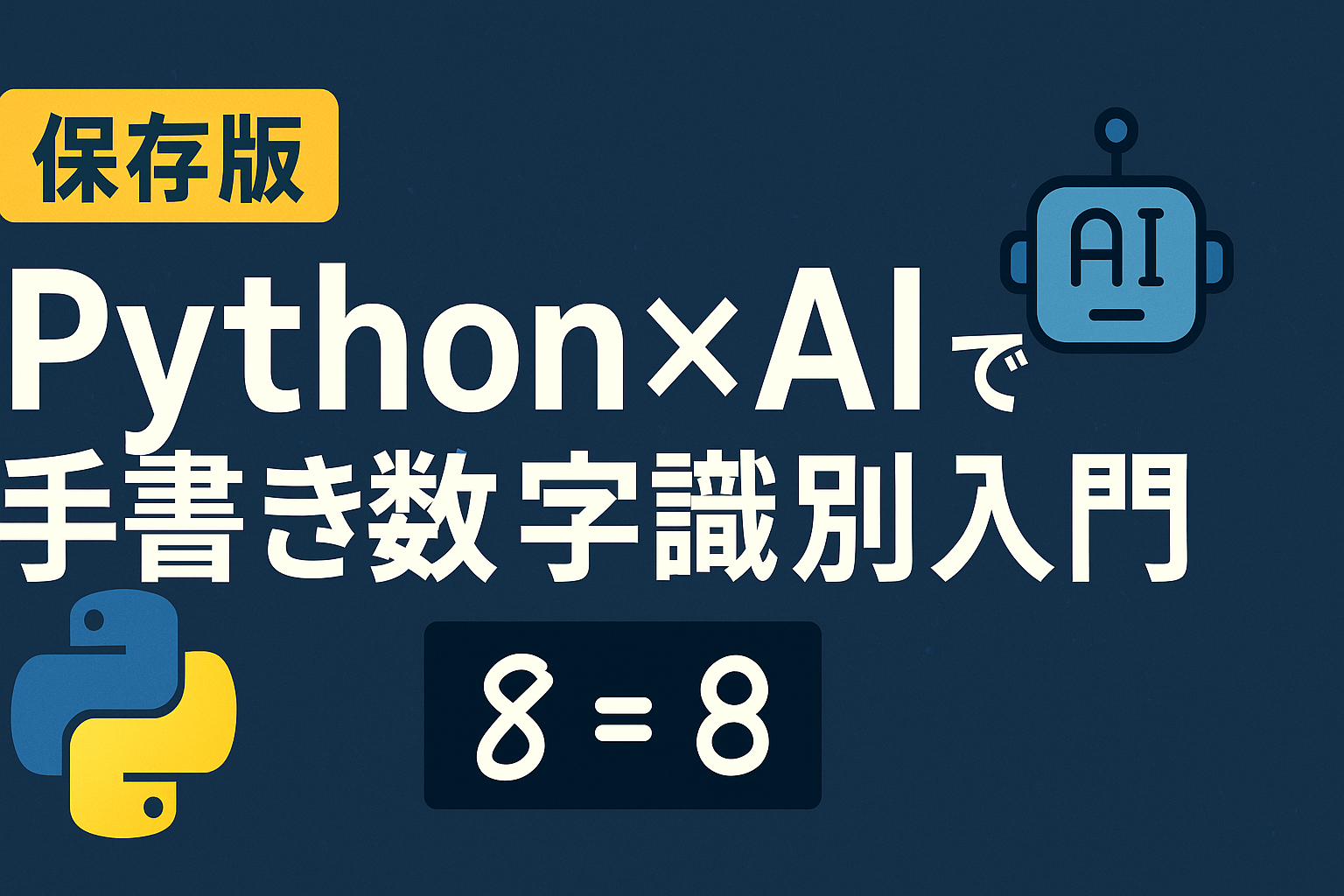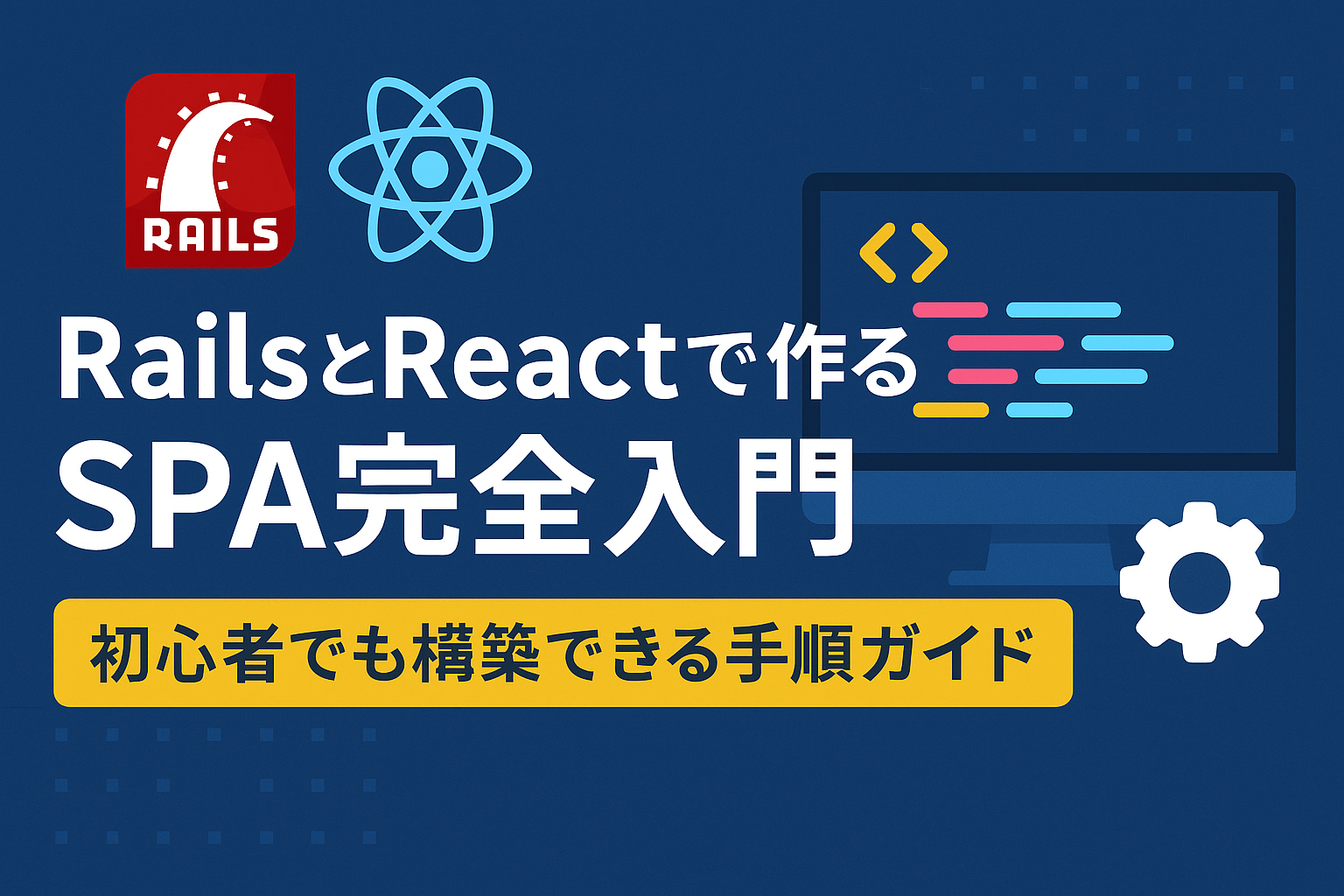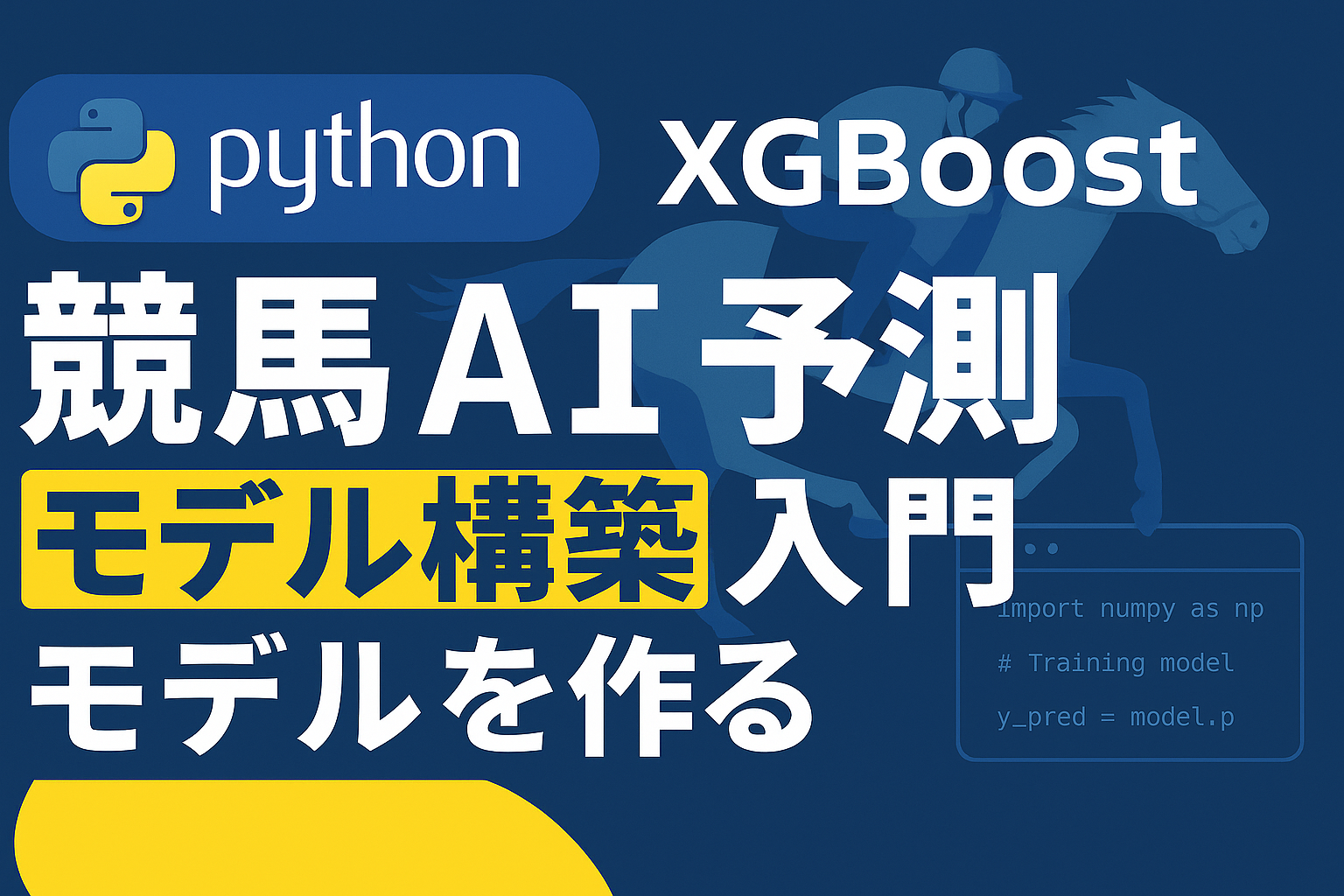"It's amazing that AI can be used to identify images, but can I make it myself?"
Have you ever thought that?
In this article, we will show you how anyone can easily create an AI that reads handwritten numbers using Python.of,Easy to understand even for programming beginnersWe explain it.
The following is used:The representative machine learning teaching material "MNIST dataset" and the popular Python library "scikit-learn".
Through this theme, which is the perfect first step in AI development,You will also learn the basics of image recognition and machine learning.
Learn about MNIST
Conclusion: MNIST is the gateway to AI learning
MNIST isA collection of handwritten digits (0-9)It's a great way to learn the basics of machine learning.
Basic information about MNIST
• Image size: 28x28 pixels grayscale
• Number of data: 60,000 for training, 10,000 for testing
• Purpose of use: Mainly evaluating image recognition algorithms
Why MNIST?
• Data is organized and easy to handle
• No complex pretreatment required
• Model training is completed in a short time
• Used by beginners and professionals alike
Reference: Released by the National Institute of Standards and Technology (NIST)

Preparing the environment with Python and scikit-learn
Conclusion: Beginners can use Anaconda to get started
To set up a Python development environment,It is convenient to use Anaconda.
How to install Python
• Official websiteDownload Anaconda from
• Python and core libraries included out of the box
Required Libraries
1 | |
• NumPy: Numerical Computation
• Matplotlib: Graph drawing
• Scikit-learn: Machine learning models
With just this,You can start developing AI right away.
Let's load the MNIST data.
Conclusion: Easy to read with just scikit-learn
MNIST is built into scikit-learn, so there is no need to download it from an external site.
Data reading code
1 | = =1= ] |
• X: Image pixel information (784 dimensions)
• y: Correct answer label (0 to 9)
Let's take a look at the data
1 | = 028, 28= |
Images and labels can be displayed together for intuitive understanding.
Steps to create a handwritten digit recognition AI
Conclusion: High-precision classification is possible with scikit-learn's SVM model
SVM (Support Vector Machine) works well with MNIST.Highly accurate classification resultsYou will get:
Building and training the model
1 | = =0.2= =0.05 |
Try making a prediction
1 | = 0]]) ) |
Let's compare the numbers we see with the numbers read by the AI.
How to evaluate the accuracy of a model
Conclusion: Accuracy evaluation reveals the reliability of AI
To know the performance of a model, it is essential to evaluate it using test data.
Code to check accuracy
1 | = = ) |
Other indicators to check
• Confusion matrix
• Recall rate/precision rate
• F1 Score
1 | |
Summary and future applications
Conclusion: Handwriting AI is a great first step
Classification of handwritten digits:It's a great introductory topic to AI.
Next steps
• Also try other classification problems (e.g. cat and dog images)
• Evolution to deep learning (TensorFlow and PyTorch)
• Link with web apps to create services


